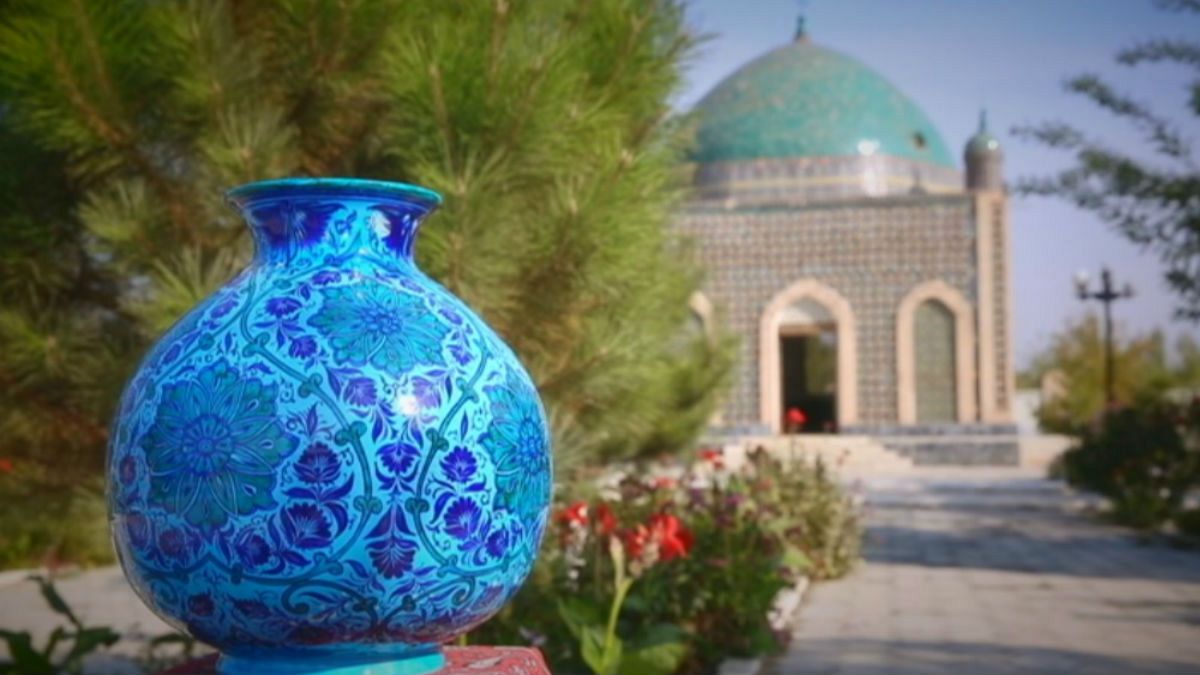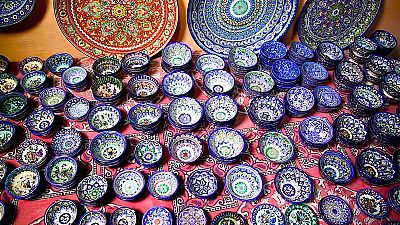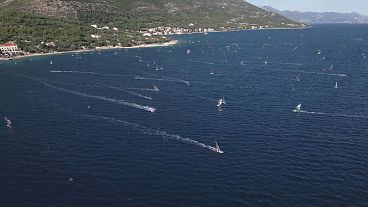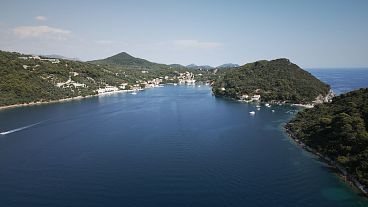Our Postcard this week comes to you from the east of Uzbekistan, with a visit to a famous centre of ceramic production
Our Postcard this week comes to you from the Fergana Valley in the east of Uzbekistan, with a visit to one of the most famous centres of ceramic production.
Key facts about Uzbekistan:
- It’s in Central Asia, with neighbours including Kazakhstan, Turkmenistan, Kyrgyzstan & Tajikistan
- With a population of more than 30 million, the ex-Soviet republic became independent in 1991
- The total land area is 425,400 km2, with plains covering about four fifths of the territory
- The average winter temperature is -6 degrees celsius and in summer it rises above 32
- Almost 80 percent of the population is Uzbek and the main religion is Muslim (88 percent)
The blue ceramics of Rishtan are known around the world, with traditional methods and designs that go back many generations.
Postcards paid a visit to the workshop of a Master of Ceramics, Rustam Usmanov.
Euronews’ Seamus Kearney reported: “Visitors to Rishstan can see the whole traditional process of making the ceramics by hand, including right from the start, when the unique local red clay is transformed.”
Rustam Usmanov’s son, Damir, a ceramics worker, told Postcards: “The history of producing ceramics here goes back to the seventh century and we only use local materials.”
The Usmanov family has a museum inside their workshop, as part of new efforts to safeguard precious designs of the past.



